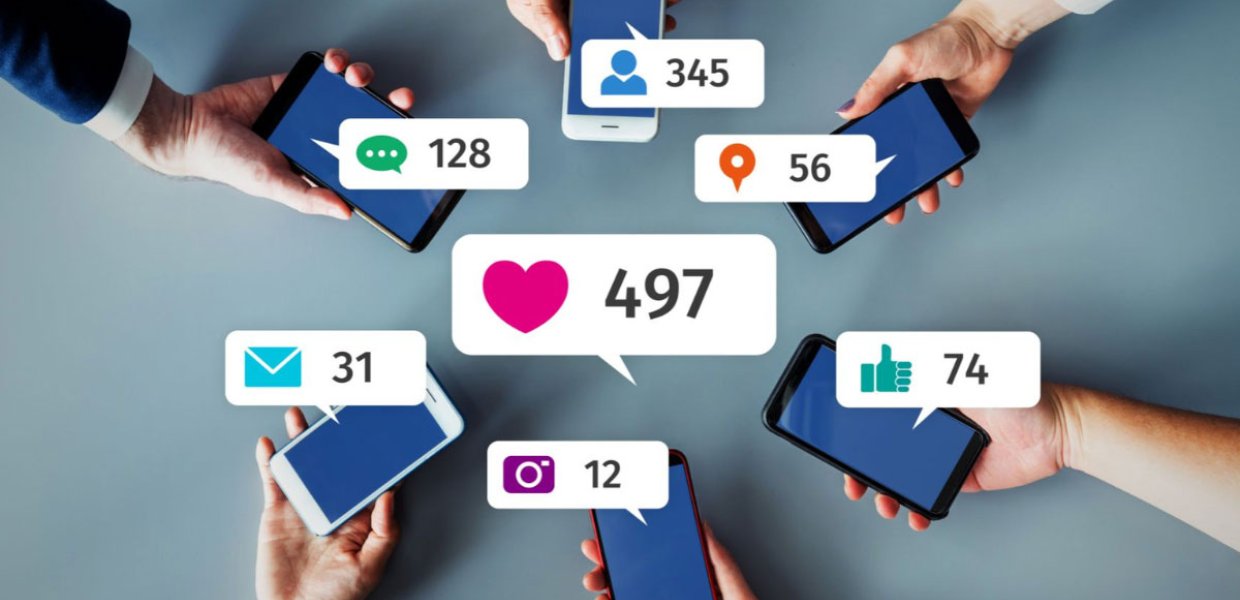Seventy-three percent of professional communicators expect to increase their engagement with social issues this year, and communications partnerships with activist organizations have increased by three times. Anecdotally, the vast majority of brands’ engagement with social issues does not happen at a personalized level — meaning, few, if any, of the brand’s employees or customers can engage meaningfully with the work being done beyond sharing it on social media.
This represents a huge missed opportunity for brands to increase awareness of their efforts, and to improve the results of their purpose work. Myriad research reports have found that brands that engage employees and customers in brand-sponsored purpose efforts have an exponentially higher chance of developing brand loyalists.
And yet, as brands engage more deeply than ever in purpose marketing, few have invited employees and customers along for the journey at scale.
Notably, this era of deeper brand commitment to social issues intersects with the biggest upheaval in personalization marketing of the digital era. Data privacy regulations across the globe upended how marketers share customer information. While Apple’s App Tracking Transparency earned the most headlines, Google will end use of cookies, apply its own data transparency measures to Android apps, and alter how Chrome handles personal user data in the years ahead. And, media consumption habits of Gen Z and Gen Alpha require more agility, depth and authenticity from communicators than ever before.
To date, most coverage of these shifts focused on the difficulties for brands to achieve scaled, personalized marketing. However, these changes also prompted brands to test new channels to engage with employees and customers, particularly in purpose work.
For these pioneering brands that use new channels to scale their purpose efforts — by authentically recruiting customers and employees into their efforts — they may generate legions of brand loyalists while their competitors flounder in marketing morass.
Here are two channels to consider:
Nano-influencer marketing: While most marketers equate influencer marketing with celebrity-driven campaigns, programs with nano-influencers (between 1,000 and 10,000 followers) and micro-influencers (between 10,001 and 100,000 followers) create the most behavior change — particularly among younger consumers, who primarily get their information from social media platforms like Instagram and TikTok. Brands also find that nano-influencers are more affordable and relevant to niche interests, essentially giving brands a cost-effective pathway to personalized marketing.
Historically, identifying, vetting and managing communities of smaller influencers has proven to be challenging. However, new technology tools and influencer marketing agencies like XOMAD help brands execute nano- and micro-influencer work at scale.
Now, brands deploy large communities of nano-influencers and micro-influencers to spread awareness of purpose-driven work that relates to their products, services or brand. For example, Clorox engaged nearly 100 nano- and micro-influencers on proper use of bleach products to urgently combat misinformation during the pandemic. Wells Fargo deployed nano-influencer communities to increase charitable donations during holiday campaigns, increasing foot traffic to branch locations. And Walmart teamed with the City of Colombia, S.C., on a nano-influencer campaign promoting mask-wearing.
Discord: Once known as a chat app for gamers, Discord exploded in popularity over the last few years, as both the work-from-home crowd and young people sought an easy-to-use platform to chat and share with large communities. Now attracting more than 140 million users each month (up from 56 million in 2019), Discord has become part of the fabric of everyday life for younger and older consumers alike.
Marketers have studied how to best participate in Discord, where communities of users are organized into servers that appeal to specific interests. Brands like Adidas, Wendy’s and Samsung even have staff dedicated to authentically participating in (and at times, managing) the brand’s presence on relevant servers. The platform helps brands form deeper, more intimate relationships with specific communities of consumers around common interests through direct and real-time conversation.
Like with nano-influencer marketing, brands are testing how to use Discord to raise awareness and community participation in causes that address real-world needs that extend beyond (but relate to) their products and services. For example, on Skittles’ Rainbow Room server — ordinarily, a community focused on the love of Skittles and candy — the brand collaborated with RuPaul’s Drag Race and hosted Miz Cracker to speak to members about what it means to be LGBTQ+, raising awareness and direct customer engagement for Skittles’ efforts.
As more brands test hyper-personalized, scaled digital marketing channels like nano-influencers, Discord, and whatever innovations come next, they should examine ways to authentically use these channels to invite employees and customers to participate in their purpose efforts.
